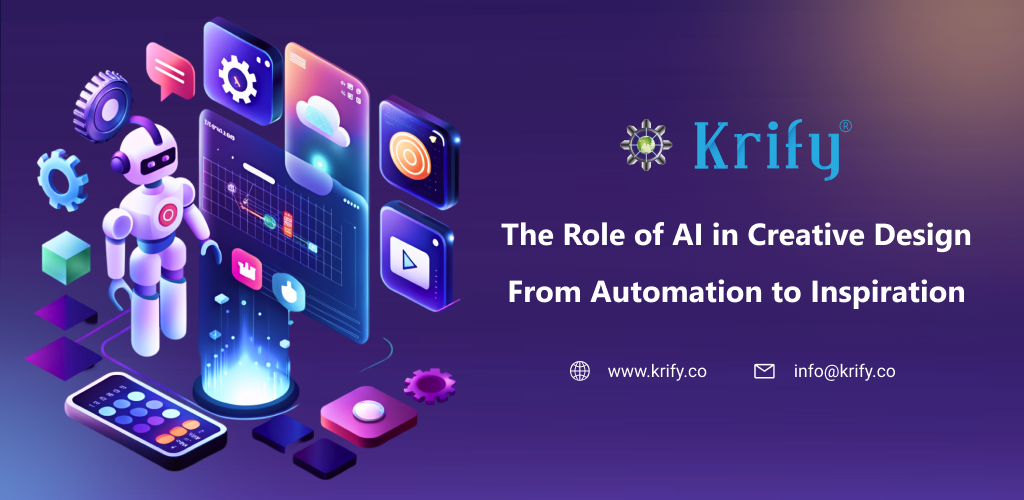Introduction:
In recent years, Artificial Intelligence (AI) has significantly impacted creative design, transforming processes from mere automation to a source of inspiration. This blog explores the evolving landscape where AI intersects with creative design, highlighting its implications, benefits, and potential future directions.
Understanding AI in Creative Design
AI’s integration into creative design spans various fields, including graphic design, fashion, architecture, and more. Initially recognized for its ability to automate repetitive tasks, AI has evolved into a tool that augments human creativity, pushing boundaries and fostering innovation.
Automation in Design Processes
One of AI’s primary roles in creative design is automation. AI algorithms can streamline workflows by automating routine tasks such as image editing, layout design, and data visualization. This efficiency not only saves time but also allows designers to focus on more complex and strategic aspects of their work.
Enhancing Creativity through Data Insights
Beyond automation, AI excels in generating insights from vast amounts of data. By analyzing trends, consumer behavior, and market dynamics, AI equips designers with valuable information to make informed decisions. This data-driven approach enhances creativity by providing a deeper understanding of audience preferences and emerging trends.
AI as a Source of Inspiration
Perhaps the most intriguing aspect of AI in creative design is its role as a source of inspiration. AI-powered tools can generate ideas, suggest design elements, and even create entirely new concepts based on existing patterns and styles. This capability expands the creative horizon, enabling designers to explore unconventional ideas and approaches.
The Evolution Towards Co-Creation
As AI continues to advance, there is a growing trend towards co-creation between humans and machines. Designers collaborate with AI systems to brainstorm ideas, refine concepts, and iterate designs in ways that were previously unimaginable. This collaborative process harnesses AI’s computational power while leveraging human intuition and creativity, leading to groundbreaking innovations.
Ethical Considerations and Challenges
However, the integration of AI in creative design is not without challenges. Ethical considerations, such as intellectual property rights and algorithmic bias, require careful attention. Designers must navigate these complexities to ensure fair and responsible use of AI technologies in their creative processes.
Future Outlook
Looking ahead, the future of AI in creative design promises continued growth and innovation. Advancements in machine learning, natural language processing, and generative models will further empower designers to push boundaries and redefine creative possibilities. As AI evolves, so too will its role in shaping the future of design.
Conclusion
In conclusion, AI’s role in creative design has evolved from automation to becoming a catalyst for inspiration. By automating tasks, providing data-driven insights, and fostering co-creation, AI enhances creativity while presenting new challenges and ethical considerations. Embracing AI responsibly can unlock unprecedented opportunities for innovation, making it an indispensable tool in the creative designer’s toolkit. Contact us
Similar Blogs



